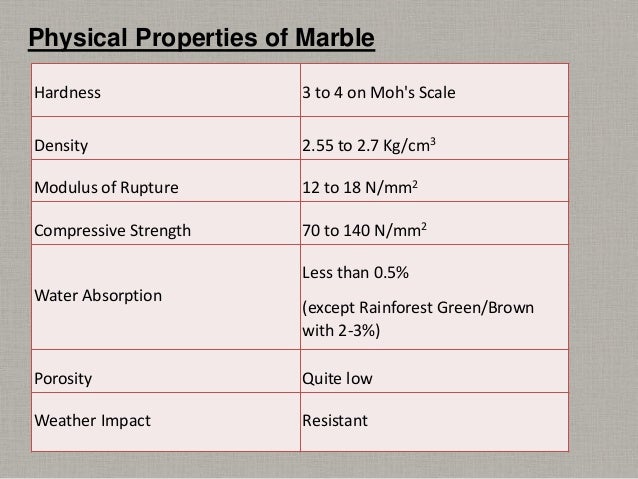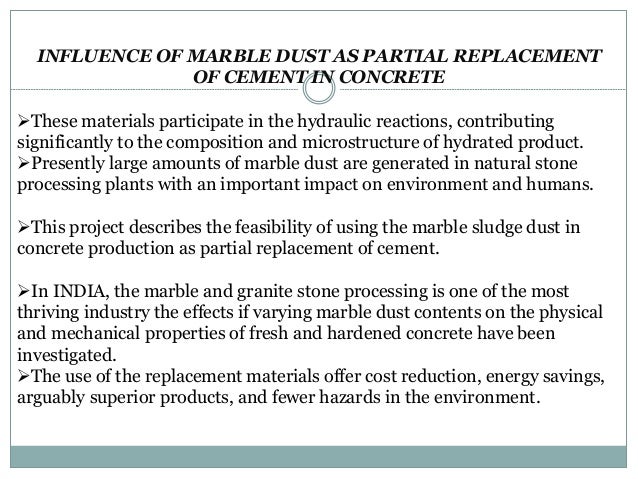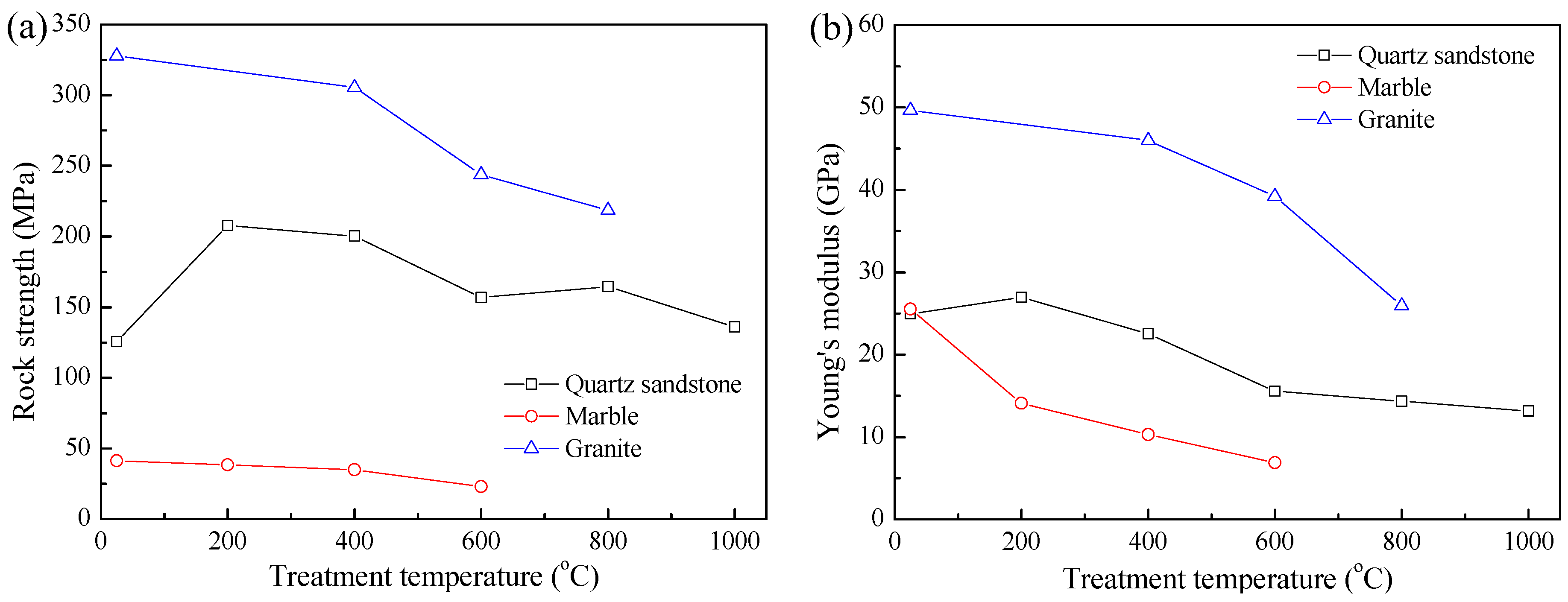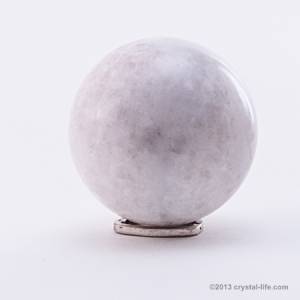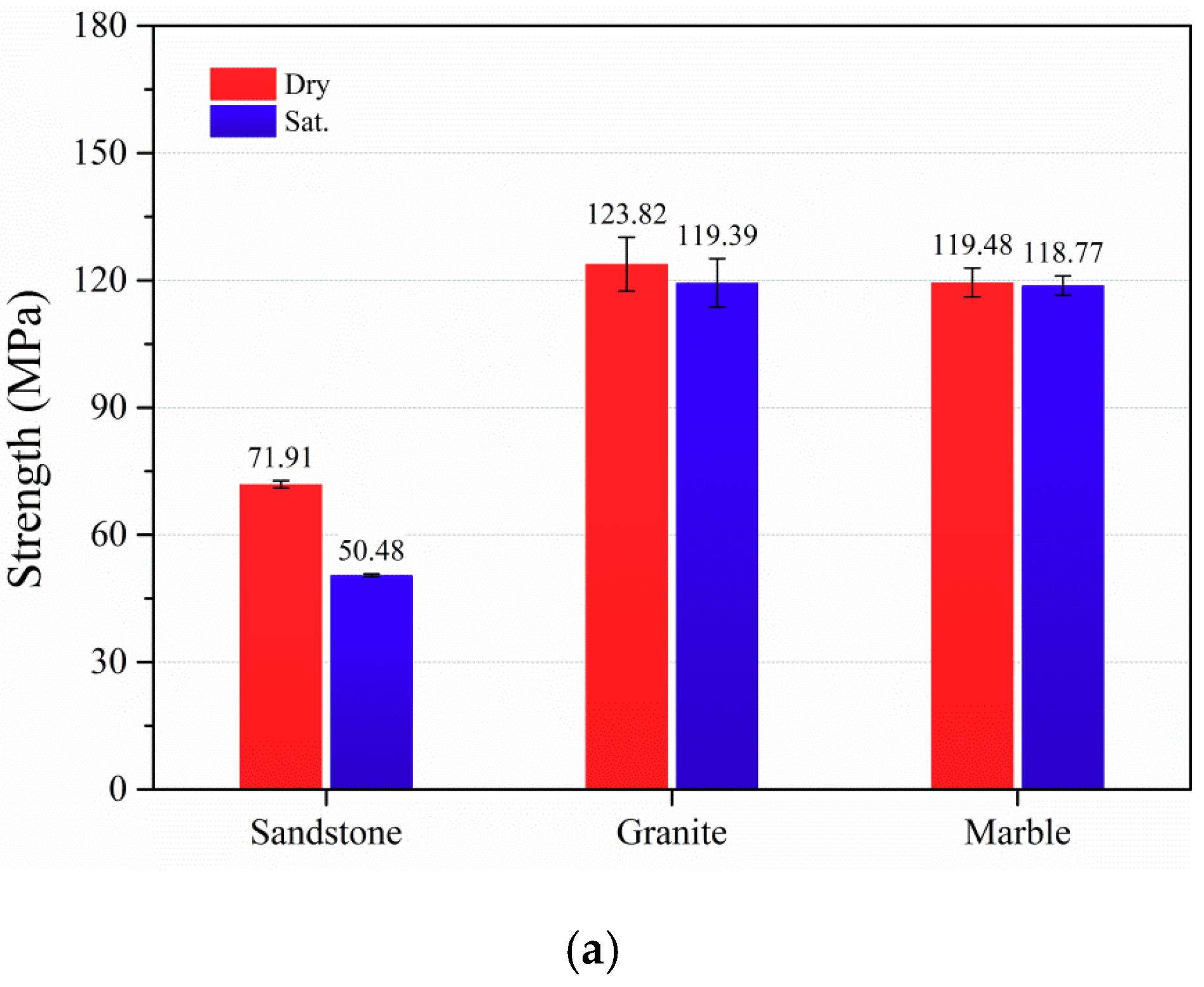Marble Physical Characteristics

It consists chiefly of calcite or dolomite or a combination of these carbonate minerals.
Marble physical characteristics. Physical properties and uses of marble. Most common causes of fire in home from the above properties of marble it seems that marble is a good option for any surface it is an ideal natural stone because of its durability long life resistance to weather cycles and required less maintenance. Because marble is a porous natural stone use only an approved cleaning process to avoid damaging the marble surface. Marble is a metamorphic rock formed when limestone is subjected to high pressure or heat.
Diopside tremolite actinolite dolomite. The marble is not considered flammable. In its pure form marble is a white stone with a crystalline and sugary appearance consisting of calcium carbonate caco 3 usually marble contains other minerals including quartz graphite pyrite and iron oxides these minerals can give marble a pink brown gray green or variegated coloration. The restricted marble porosity mainly when refined makes it less susceptible to water damage.
Physical characteristics of marble. Due to its structure marble can be polished to improve its shine and is thus a common and attractive stone for building applications. Resistance to abrasion which is a function of cohesion between grains as well as the hardness of the component minerals is important for floor and stair treads. The physical properties of marble depend on its formation.
Most marble is made into either crushed stone or dimension stone. This allows it to be economically mined on a large scale with some mines and quarries producing millions of tons per year. Marble is found in many countries including belgium france great britain greece india italy and. Hardness and strength of marble.
Physical properties of rocks play an important role in determining its applications in various fields. Physical origins of marble. Crushed stone is. Marble is a rock widely used in buildings monuments and sculptures.
Colour and appearance are their most important qualities. Major minerals of marble. Marbles are used principally for buildings and monuments interior decoration statuary table tops and novelties. Marble occurs in large deposits that can be hundreds of feet thick and geographically extensive.
Marble hardness ranges from 3 to 4 on mohs hardness scale while granite is at 6 to 7. Marble is a stone with a firm crystalline structure and slight porosity. Marble is a metamorphic rock composed of recrystallized carbonate minerals most commonly calcite or dolomite marble is typically not foliated although there are exceptions in geology the term marble refers to metamorphosed limestone but its use in stonemasonry more broadly encompasses unmetamorphosed limestone. Accessory minerals of marble.
Rocks with hardness 1 3 are soft rocks from 3 6 are. Therefore marble is found to be a fire resistant natural stone. Rocks are rated on the on the moh s hardness scale which rates the rocks on the scale from 1 to 10. Marble is not only porous it is also softer especially when compared to granite.
Marble is a rock on account of metamorphism of sedimentary carbonate rocks maximum normally limestone or dolomite rock. Marble is a type of metamorphic rock formed from limestone.

